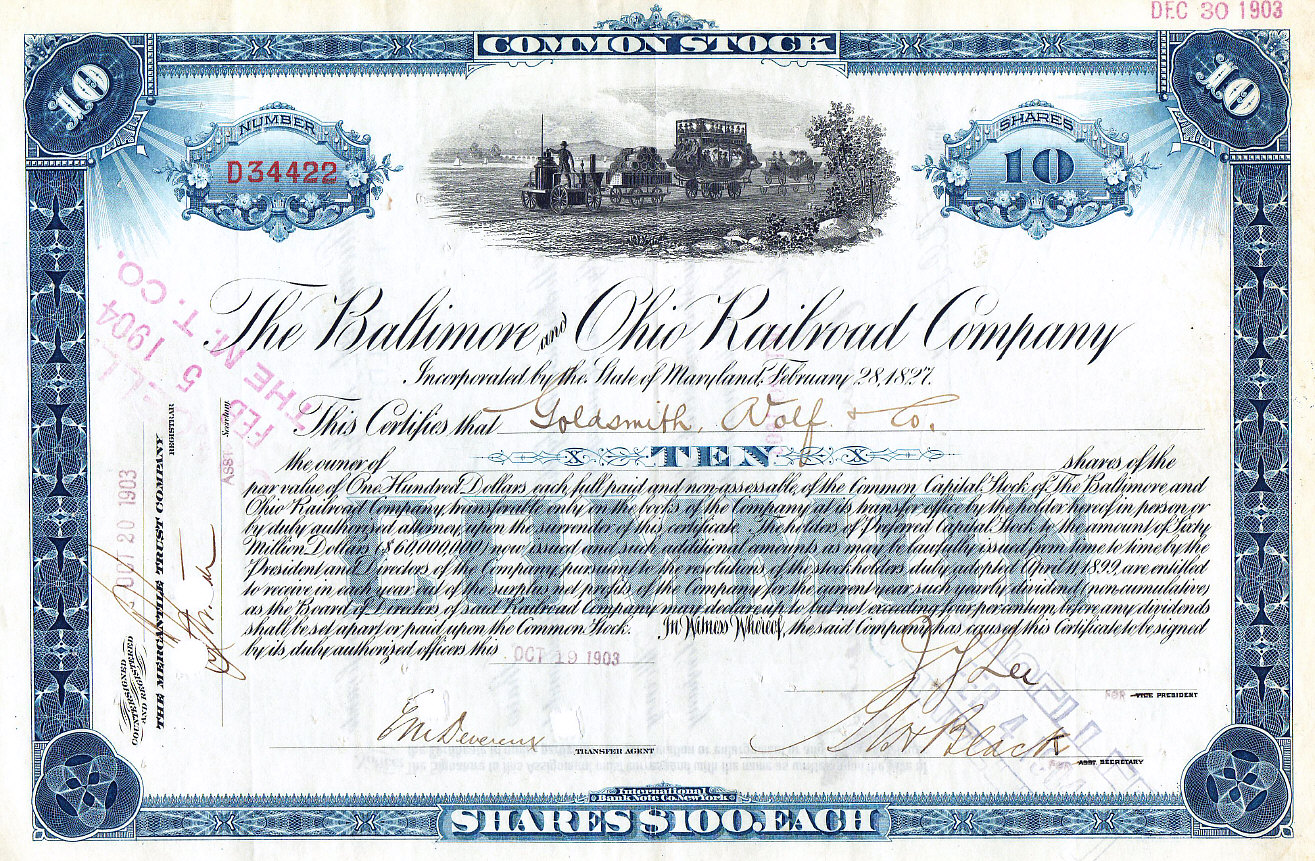Taxes
2016 Tax Series Fring Benefit #9: Employee Stock Options
What better way to reward your employees by giving them as piece of the pie? Employee stock options are a traditional way to enable employees to become more “invested” in the job. When employees are more motivated, productivity and quality often improve.
Jul. 12, 2016

What better way to reward your employees by giving them as piece of the pie? Employee stock options are a traditional way to enable employees to become more “invested” in the job. When employees are more motivated, productivity and quality often improve.
But be mindful that the tax rules for this fringe benefit are complex. Generally, the federal income tax consequences depend on whether the employer issues nonqualified stock options (NQOs) or incentive stock options (ISOs), which are essentially “qualified” options.
[This is part of a fringe benefits tax series by our resident tax expert, Ken Berry, J.D., on the “sweet 16” fringe benefits on the books for 2016.]
1. NQOs: These options may be preferable to some because there are fewer restrictions than there are with ISOs. On the other hand, they don’t offer the same potential tax benefits.
For starters, you don’t owe any tax on an NQO when the option is granted, but you must pay ordinary income tax when you exercise the option (i.e., the stock is purchased). The taxable portion, called the “spread,” is the difference between the price when the option was granted and the price when you actually exercise the option.
For example, say that the employer’s stock is currently valued at $10 a share. At this time, the employer grants NQOs to employees allowing them to exercise 1,000 shares of stock at $12 a share. If an employee subsequently exercises the option when the price hits $20 a share, he or she must report taxable income of $8,000 ($20 – $12 x 1,000 shares).
The spread is deductible by the employer as compensation. Conversely, there is no corresponding employer deduction for ISOs.
2. ISOs. With ISOs, the tax breaks are even better. Generally, employees don’t owe tax when the options are granted or when they are exercised. Instead, tax is deferred until you actually sell the stock. When that occurs, the entire gain –including the spread and any further appreciation – is taxed at favorable cap[ital. gain rates as long as the stock is sold at least two years after the option was granted and one year after the option was exercised. Both requirements must be met.
If you don’t meet these two holding period requirements, the sale is treated as a “disqualifying disposition.” In that case, you’re taxed as if you had owned NQOs instead of ISOs. The spread at exercise is taxed at ordinary income rates and only subsequent appreciation qualifies as tax-favored capital gain.
The wait may be worthwhile, but there are two major caveats to contend with:
- No more than $100,000 in ISOs can become exercisable in any year.
- The spread at exercise is considered a tax preference item for alternative minimum tax (AMT) purposes. This may increase or trigger AMT liability.
Finally, be aware that there are numerous other requirements for ISOs. For instance, options must be granted under a plan specifying the number of shares of stock to be issued and the employees eligible to receive them. Also, the plan must be approved by the stockholders of the corporation within 12 months of its adoption.
Because ISOs don’t provide any tax benefits for employers, they are often reserved for just the top brass. In contrast, NQOs may be granted to a wider group of workers. Consider all the implications for your company and the employees.
